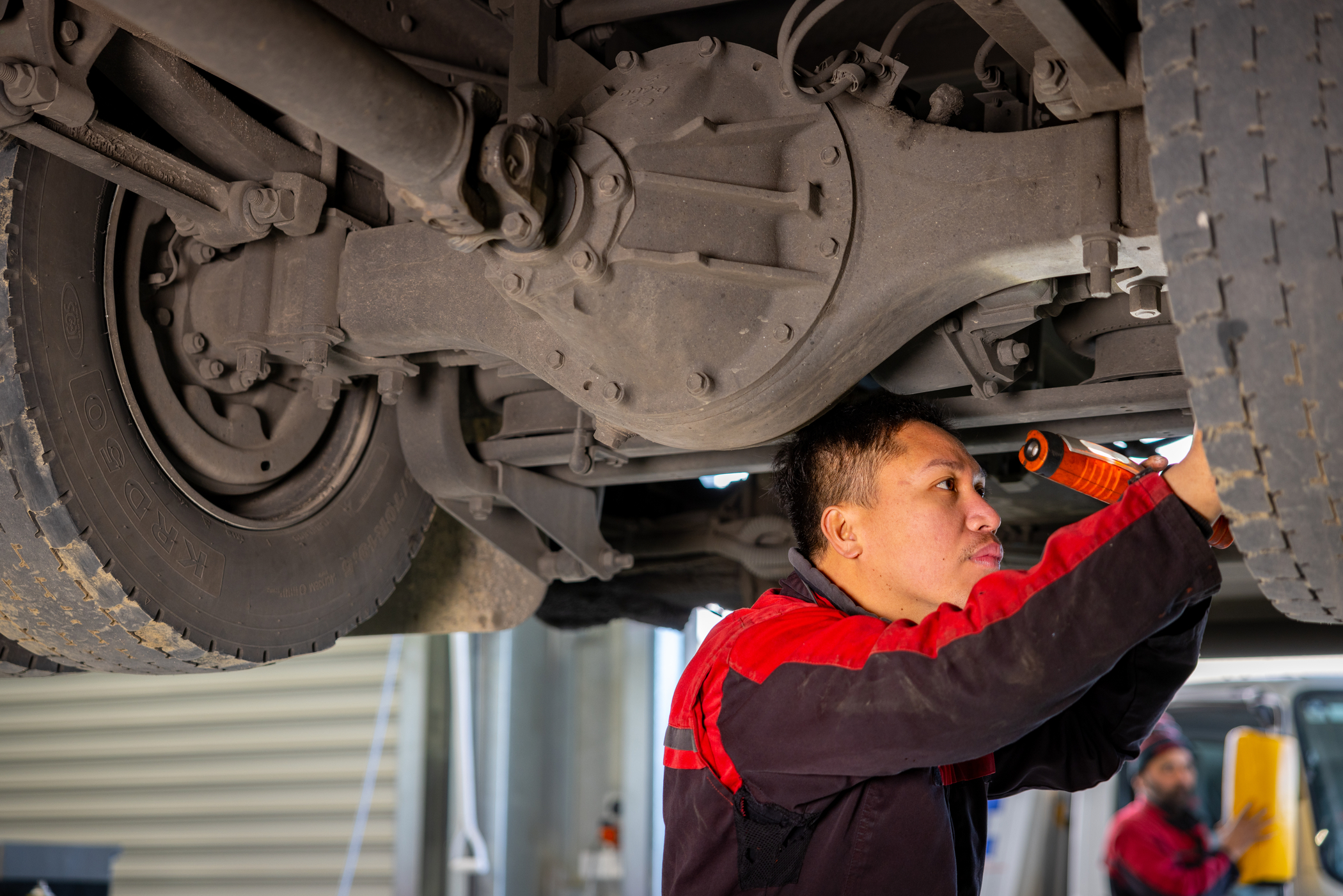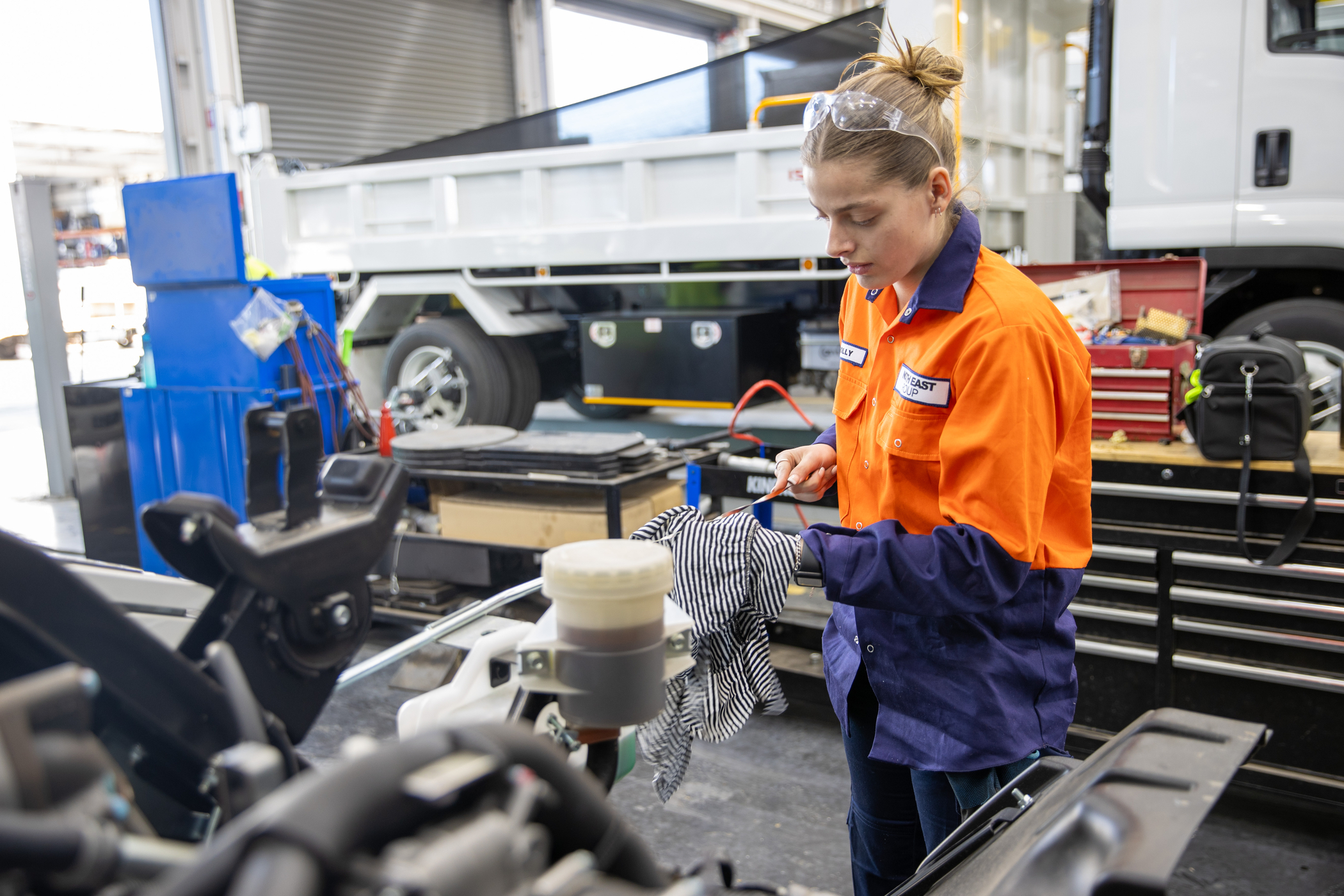Whole of Life Cost: smart calculations for truck owners
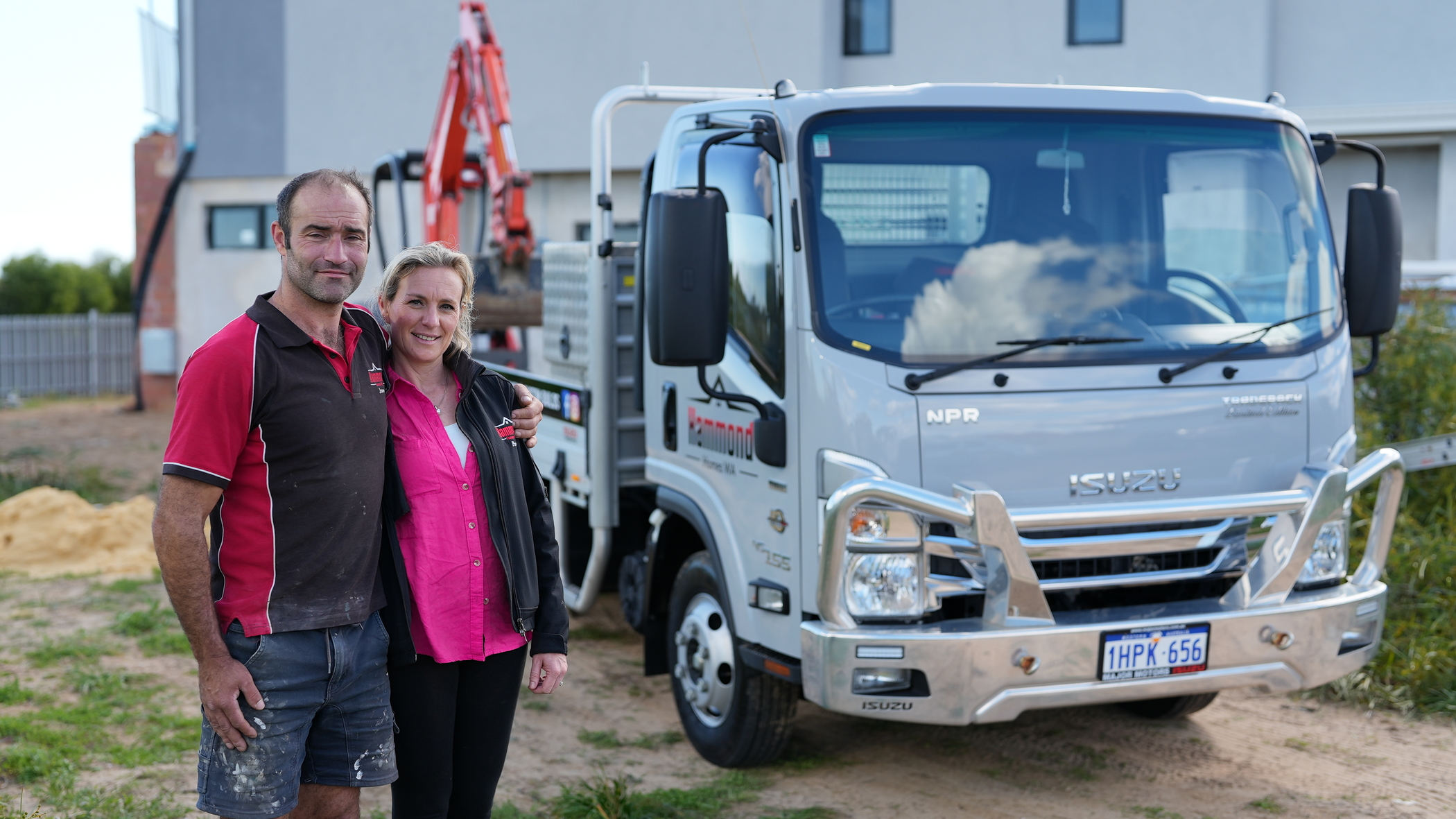
The cost of getting necessary tools and equipment is at an all-time high for Aussie businesses such as trades, driven by rising inflation rates.
With this in mind, ‘whole-of-life cost’ or the ‘total cost of ownership’ (TCO) of owning an asset, such as a truck, has taken on new significance.
At a basic level, whole-of-life cost refers to the total cost of owning a piece of equipment. This includes the initial ticket price along with all expenditures after this.
In the case of a truck, this includes servicing, parts replacement, fuel, new tyres, and insurance, to name a few (more on this here).
According to recent industry data, 71 per cent of truck fleet managers and owners now believe that whole-of-life cost is a more important metric than the initial sale price of their truck—a number that has increased from previous years.
The study also records that owner-operators replace trucks on a six-yearly basis, and just over seven years (on average) for businesses with larger fleets.
If you plan to be trading for a while (as most do) this shows that looking at what a truck costs in the long-term is worth considering—no matter the size of your operation.
We take a look at a sample of smart Aussie businesses and how they are managing the whole-of-life cost calculation for their truck or transport fleet.

A tradie’s calculation: Hammond Homes
Stone mason by trade, James Hammond of Hammond Homes WA needed to upgrade his work vehicle recently after an onslaught of new house build projects in Western Australia after the COVID-19 pandemic.
His work truck acts as transport to get to and from job sites, as well as storage for building supplies and tools. It also tows a trailer so that any other large equipment can be brought to site without needing to do multiple trips.
James decided to upgrade to a newer model truck tidily specified for trade, upholding the level of service his customers appreciate.
Aside from better efficiency (in practical terms and in reduced fuel costs), as part of his whole-of-life cost calculation, James also signed up for a service agreement from his dealership.
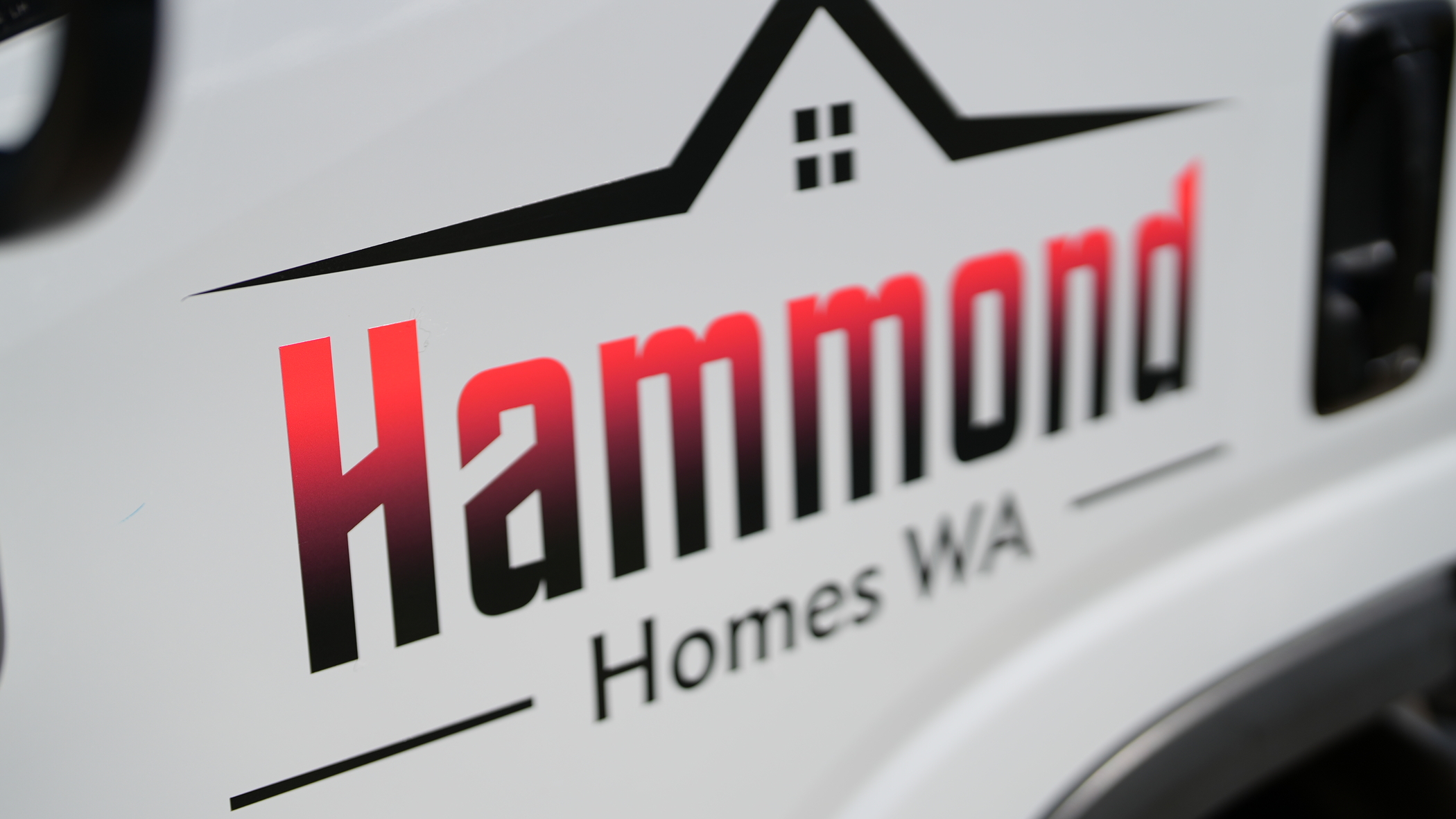
The service agreement covers parts replacement with genuine Original Equipment Manufacturer (OEM) parts, oils and lubricants, and all labour done by OEM-trained technicians, with a set service schedule to keep the truck performing in peak condition.
His OEM gave him the option of choosing a service agreement over three years that could be paid for upfront or configured as a monthly payment plan over a longer period to keep things ticking over.
With high-quality servicing assured on his new truck, this gave James the ability to streamline his budget, ensure a great re-sale value for the truck down the line and ‘keep his truck on the road with no worries.’
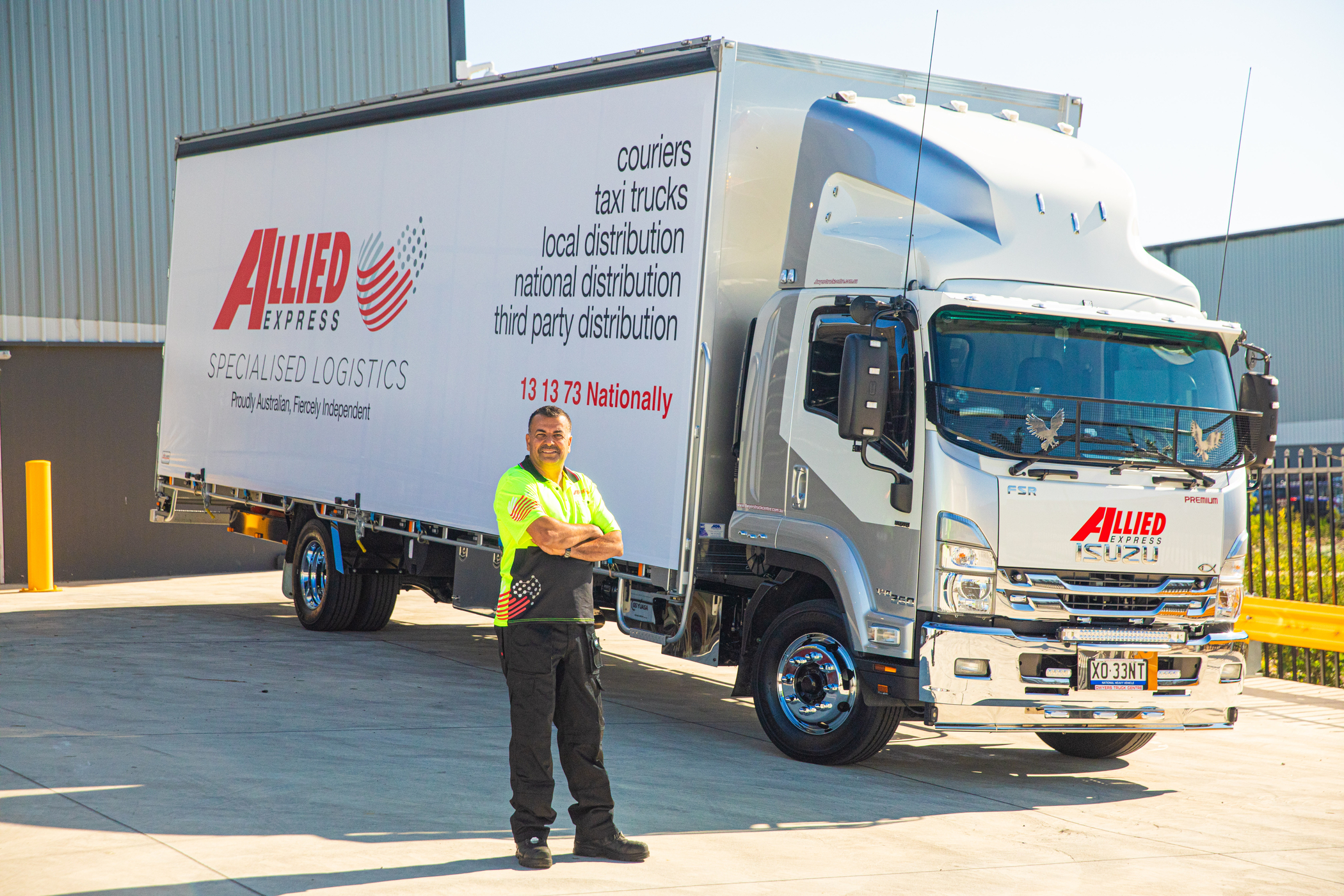
A commercial contractor’s calculation: Jack Singh
Similar to James from Hammond Homes, Jack Singh signed up for a three-year service agreement when purchasing his new medium-duty truck, which is essential for his work as a subcontractor driver for national logistics giant Allied Express.
With 17 years of experience behind the wheel already, Jack plans to continue commercial driving for some time to come, with this long-term mindset steering purchasing decisions for his business.
As a subcontractor, Jack needs to keep downtime to an absolute minimum. His truck—the lifeblood of his business—is on the road for up to 12 hours a day, six days a week.

Wanting complete peace of mind that he would be looked after anywhere in Australia, Jack chose an OEM with nationwide coverage, a long six-year warranty on the truck and six years of roadside assistance, plus the service agreement to help streamline the cost of maintenance.
While Jack’s initial upfront costs increased slightly, smart planning for the total cost of owning the truck will save him money and time in the long run and reduce the stress of maintaining his vehicle so he can focus on the job of delivering goods to his customers.

A fleet manager's calculation: Supagas
From the perspective of larger fleets such as national LPG supplier Supagas, total cost of ownership is one of the first things considered in the purchase of any new piece of capital equipment.
Supagas has over 650 vehicles in its fleet with just under 300 of these being rigid trucks or prime movers. They visit thousands of customers Australia-wide who rely on them to safely deliver and install their gas.
It’s a huge operation, so keeping ahead of fleet servicing and maintenance is a critical productivity measure, which flows through to keeping the running costs of the business under tight control.
According to Supagas’ fleet manager, Michael Greenep, the most important aspect of truck ownership for the national operations comes ‘after the sale’, where they’re looking for ‘personalised care and service with a level of backup from their OEM.’
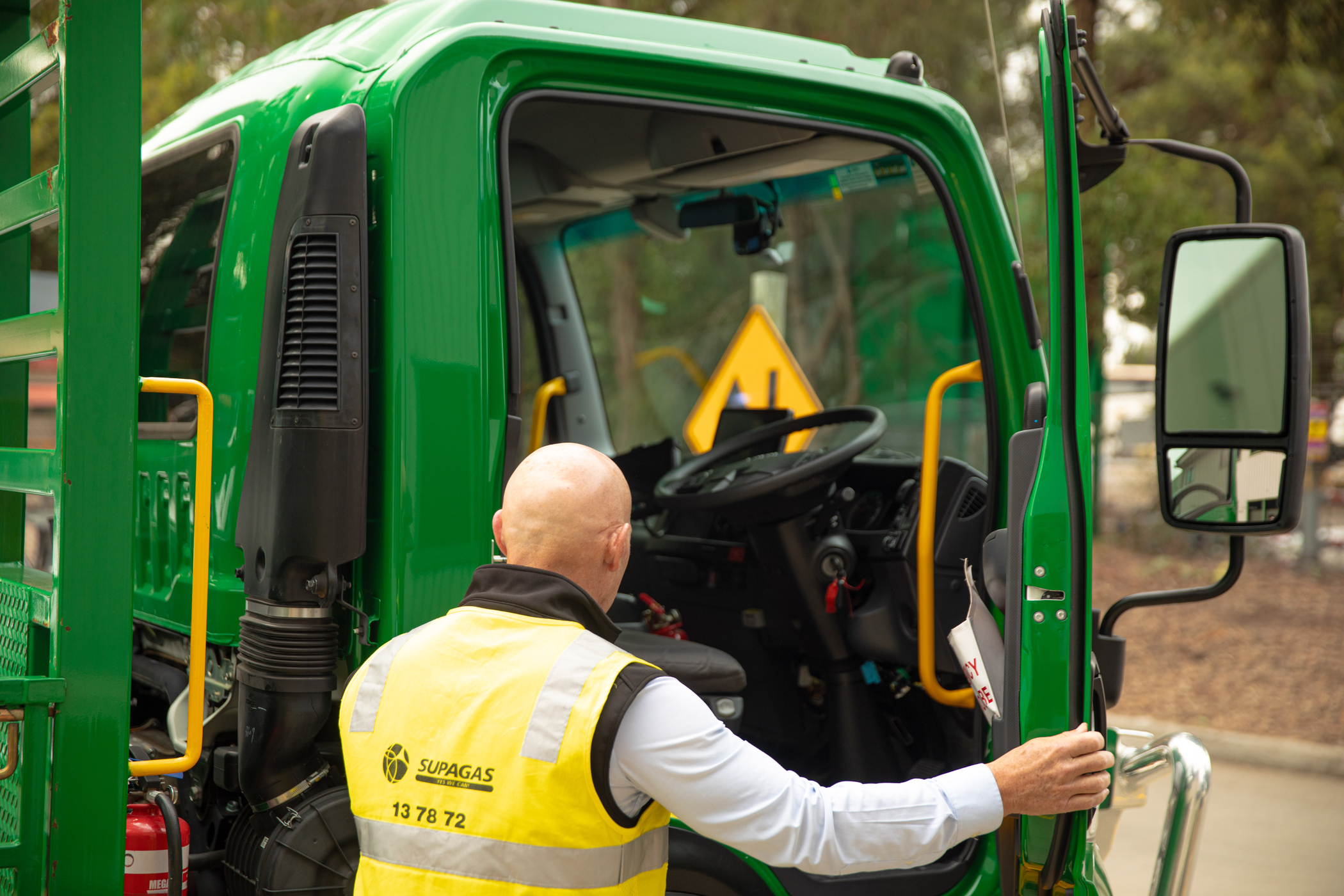
The company recently switched suppliers in a calculated move to reduce the total cost of ownership per truck and to get better support from their OEM across their national supply network.
Packaging up a large portion of their whole-of-life costs, Supagas’ fleet manager chose comprehensive service agreements paid monthly for all new trucks. This covers parts replacements, genuine filters and lubricants, light globes, wiper blades, fan belts and more, conducted by in-house dealership technicians.
The comprehensive truck care plan feeds into their fleet renewal term, which is set for eight years—this ensures excellent re-sale value remains with a detailed, OEM-approved service history on each truck.
Clear ideas
If you need advice in planning for the whole-of-life cost of your next vehicle, your chosen OEM or local dealership is a valuable resource and a good starting point. You can also take a look at some more blogs on the topic here.
The bottom line is to look beyond the sticker price and weigh up your options.
As the local businesses above discovered, it can be advantageous to explore what your OEM offers your business in terms of warranty, maintenance coverage and aftersales support, which can help reduce your overall costs on the long road of truck ownership.
Getting the most out of your vehicle comes down the details. Check out this blog on maintaining good tyre health.


The all-new Isuzu truck range is about to arrive.
Register your interest and we'll keep you in the loop with the latest updates.
Learn More
